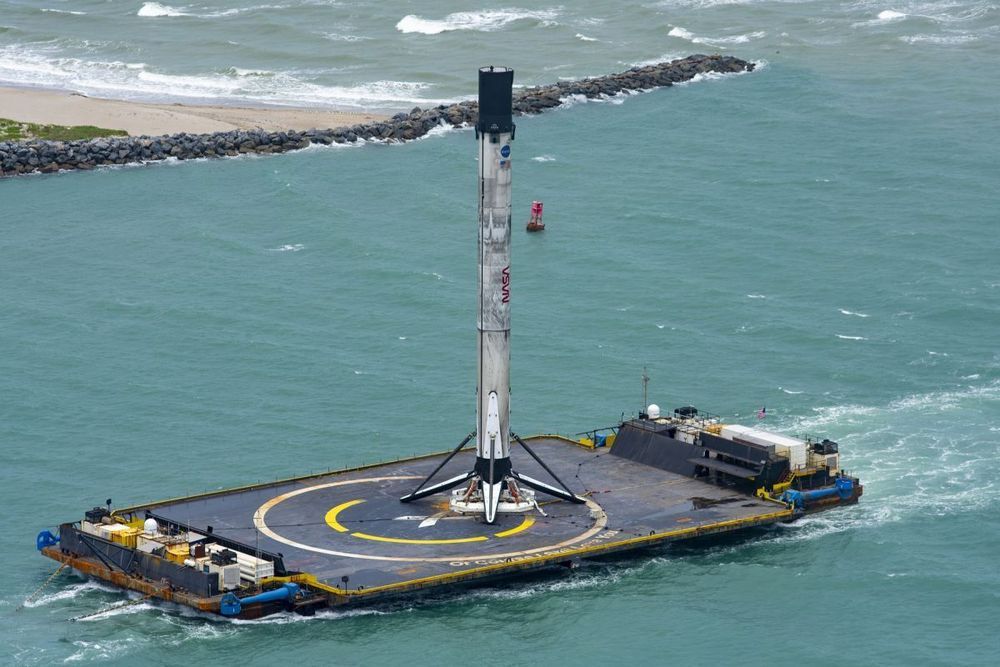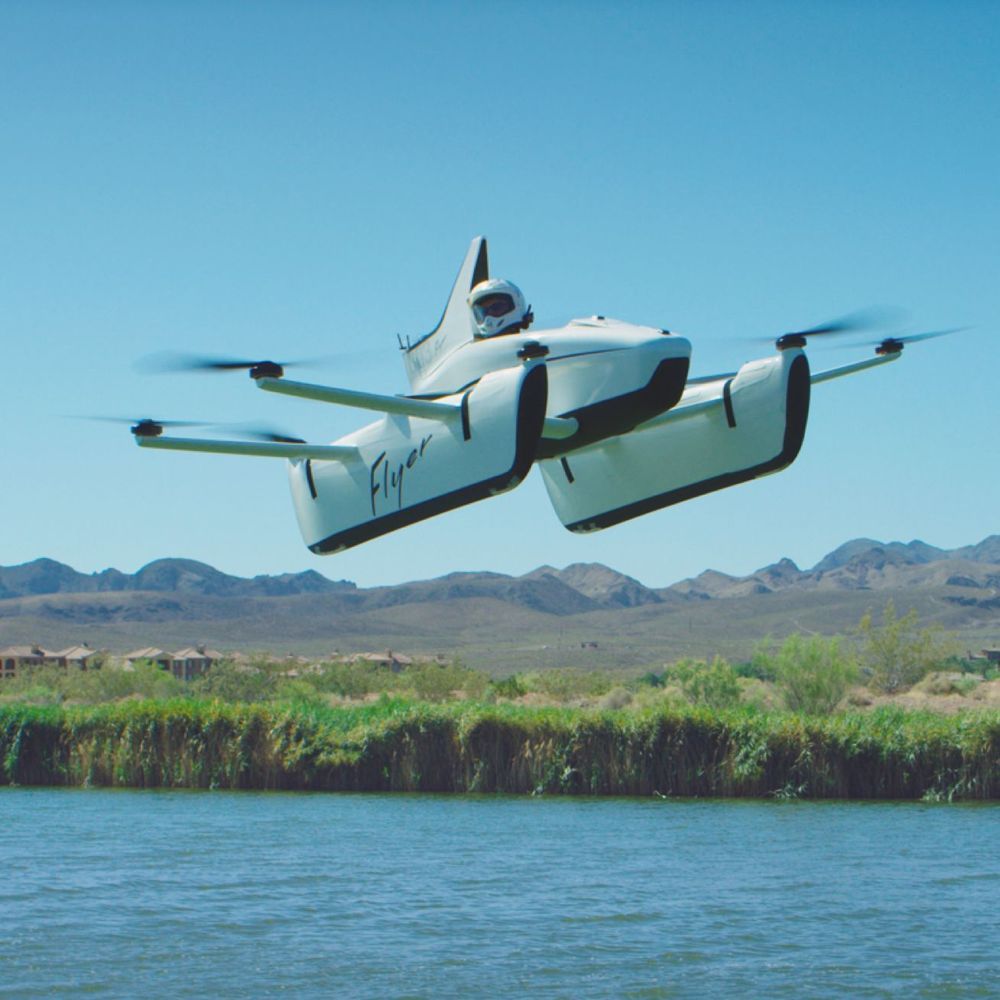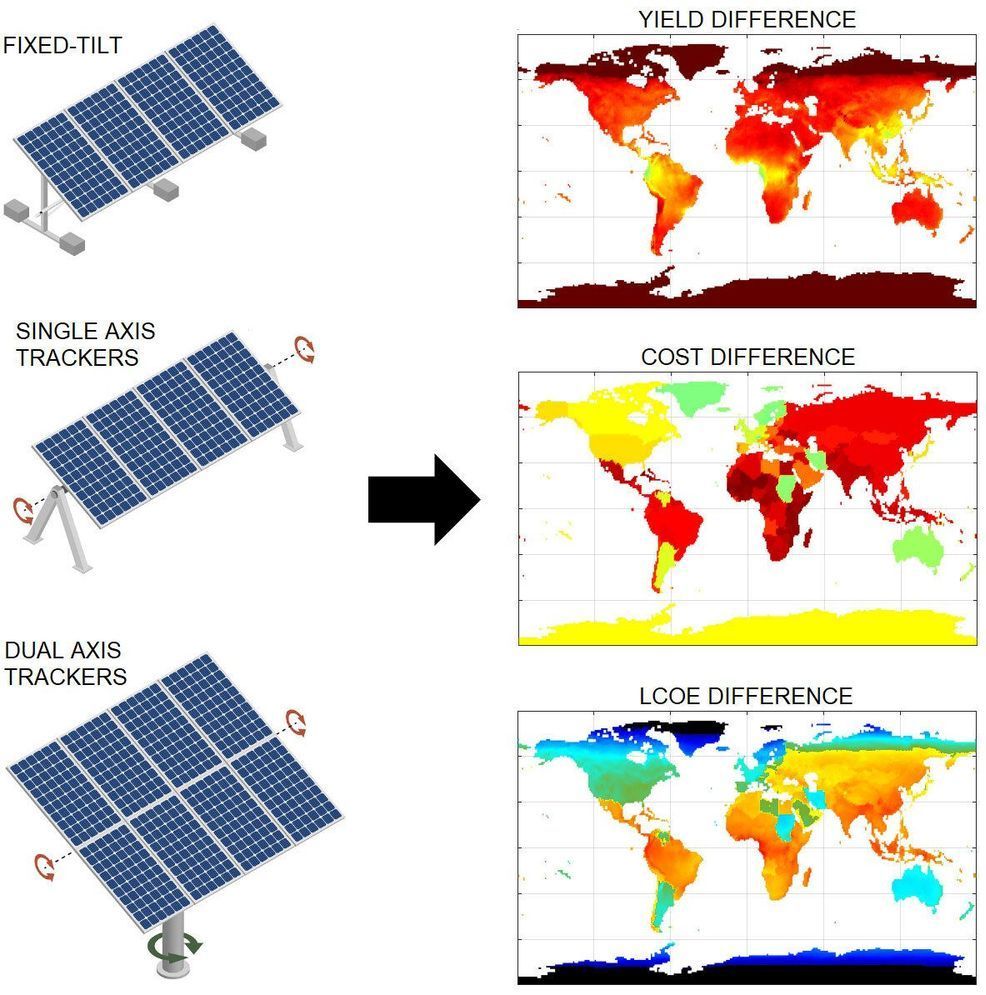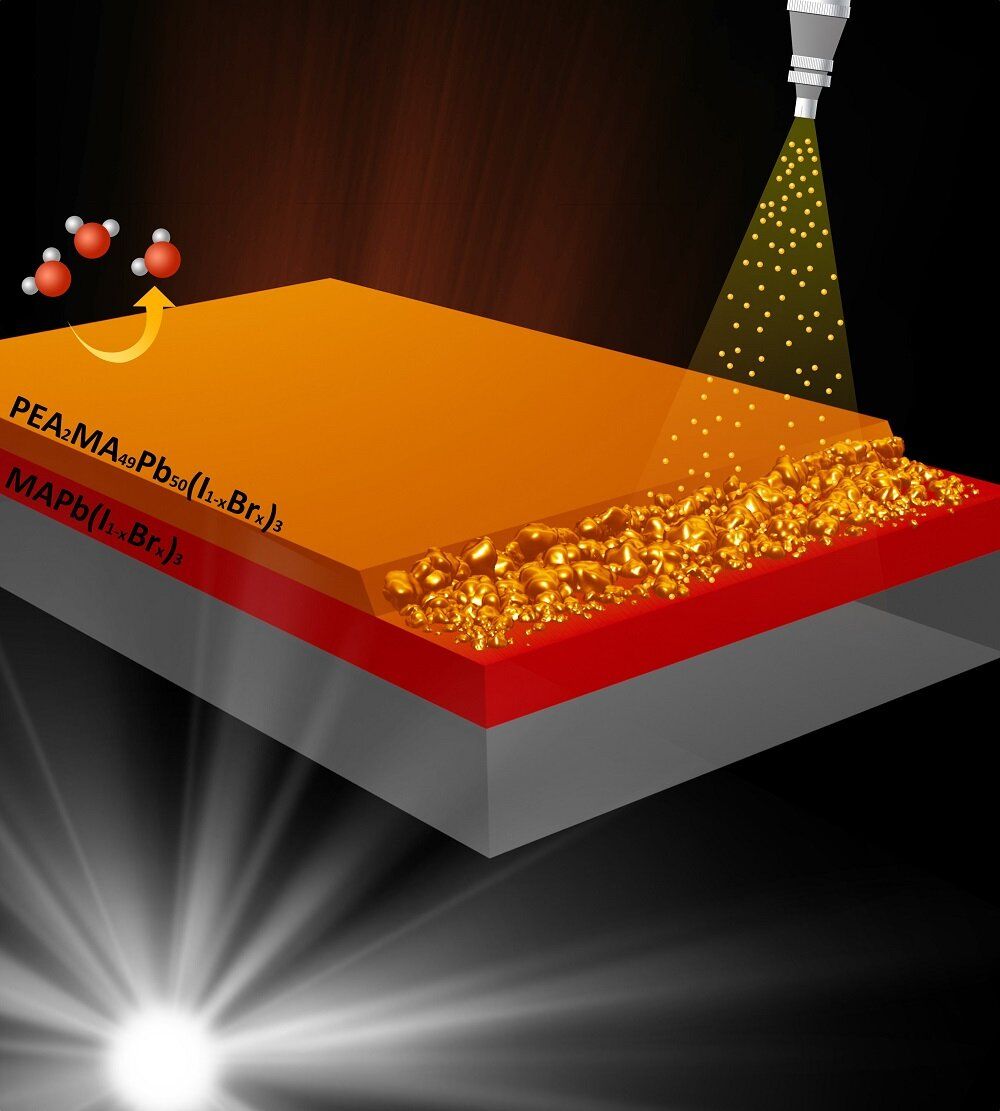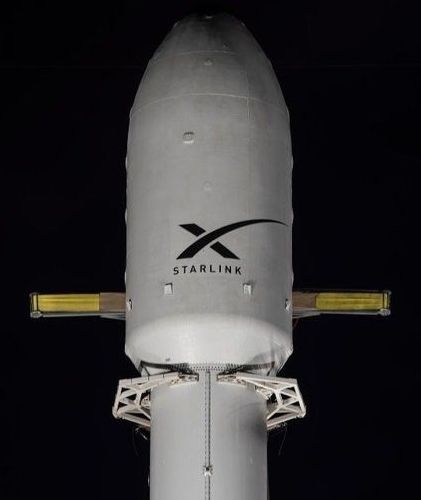The first stage of the Falcon 9 rocket that launched SpaceX’s Demo-2 mission arrived in Port Canaveral, Florida, on Tuesday (June 2).
A couple of months ago I introduced you to a UK company that converts classic cars to electric propulsion. The company, named eDub Services, was founded by a young man named Kit Lacey, and since my piece on his business, he and I have been in conversation about this fascinating field of entrepreneurship. I have an old Volvo 240 in my garage that one day will need an electric drivetrain for sure, so getting acquainted with someone like Kit is a good bet.
I talked to Kit about the concrete and chronological information on his rebuilds and how we could make it accessible for all of us curious about how such projects can be carried out. This series is the result, in Kit Lacey’s own words. So let’s begin at the beginning.
It all started with a road trip. All the best ideas do, in my opinion. Driving down the A1 with my mum in the driver’s seat and my wife in the back. The year is 2013. “How hard would it be to convert a camper van to electric?” I ask my mum. “Not too hard,” she replied. … Maybe a strange question to ask, but there is some context.
Kitty Hawk is shutting down its Flyer program, the aviation startup’s inaugural moonshot to develop an ultralight electric flying car designed for anyone to use.
The company, backed by Google co-founder Larry Page and led by Sebastian Thrun, said it’s now focused on scaling up Heaviside, a sleeker, more capable (once secret) electric aircraft that is quiet, fast and can fly and land anywhere autonomously.
Kitty Hawk is laying off most of Flyer’s 70-person team, TechCrunch learned. A few employees will be brought over to work on Heaviside, according to the company. Those who are laid off will receive at least 20 weeks of pay, plus tenure, depending on how long they were with the company. Former workers will also receive their annual bonus and have their health insurance covered through the end of the year. The company said it will set up placement services to help people find employment.
Solar power systems with double-sided (bifacial) solar panels—which collect sunlight from two sides instead of one—and single-axis tracking technology that tilts the panels so they can follow the sun are the most cost effective to date, researchers report June 3rd in the journal Joule. They determined that this combination of technologies produces almost 35% more energy, on average, than immobile single-panel photovoltaic systems, while reducing the cost of electricity by an average of 16%.
“The results are stable, even when accounting for changes in the weather conditions and in the costs from the solar panels and the other components of the photovoltaic system, over a fairly wide range,” says first author Carlos Rodríguez-Gallegos, a research fellow at the Solar Energy Research Institute of Singapore, sponsored by the National University of Singapore. “This means that investing in bifacial and tracking systems should be a safe bet for the foreseeable future.”
Research efforts tend to focus on further boosting energy output from solar power systems by improving solar cell efficiency, but the energy yield per panel can also be increased in other ways. Double-sided solar panels, for example, produce more energy per unit area than their standard counterparts and can function in similar locations, including rooftops. This style of solar panel, as well as tracking technology that allows each panel to capture more light by tilting in line with the sun throughout the day, could significantly improve the energy yield of solar cells even without further advancements in the capabilities of the cells themselves. However, the combined contributions of these recent technologies have not been fully explored.
NASA is monitoring an asteroid that may be as large as the Empire State Building, expected to pass Earth on Saturday, June 6.
Asteroid 2002 NN4 is estimated to be 250–570 meters (820–1,870 feet) in diameter, according to NASA’s Jet Propulsion Laboratory (JPL). New York City’s iconic Empire State Building is more than 1,400 feet tall at its tip.
The asteroid may seem daunting, but it will pass Earth at a safe distance, a representative for JPL told CBS News.
You can watch this video at https://koreanow.com
With North Korean leader Kim Jong-un pulling back out his nuclear card for the first time since 2018, a very natural and perhaps even urgent question is, what next? There are signs that the North is getting closer to unveiling its strategic weapon promised by Kim at the end of last year. But with the U.S. constrained and South Korea committed to global sanctions, there’s no sign of a dialogue breakthrough. We could be about to witness Pyongyang’s new way.
Related articles:
https://en.yna.co.kr/view/AEN20200525004000325?section=national/diplomacy
https://en.yna.co.kr/view/AEN20200525000700325?section=nk/nk
Although perovskites are a promising alternative to the silicon used to make most of today’s solar cells, new manufacturing processes are needed to make them practical for commercial production. To help fill this gap, researchers have developed a new precision spray-coating method that enables more complex perovskite solar cell designs and could be scaled up for mass production.
Perovskites are promising for next-generation solar cells because they absorb light and convert it to energy with better efficiency and potentially lower production costs than silicon. Perovskites can even be sprayed onto glass to create energy-producing windows.
“Our work demonstrates a process to deposit perovskite layer by layer with controllable thicknesses and rates of deposition for each layer,” said research team leader Pongsakorn Kanjanaboos from the School of Materials Science and Innovation, Faculty of Science, Mahidol University in Thailand. “This new method enables stacked designs for solar cells with better performance and stability.”
Scientists have successfully transplanted functional miniature livers into rats, after growing the bioengineered organs in the lab from reprogrammed human skin cells.
The experiment, which gave the animals working liver organs, could lay the groundwork for future treatments to address terminal liver failure – a disease that claims the lives of over 40,000 people in the US every year.
While there’s still a lot of work to be done before the technique can directly aid human patients, the researchers say their proof of concept may help underpin a future alternative to liver transplants, which are often incredibly expensive procedures to perform, in addition to being strictly limited by donor supply.
Although promising, convalescent plasma has not yet been shown to be safe and effective as a treatment for COVID-19. Therefore, it is important to study the safety and efficacy of COVID-19 convalescent plasma in clinical trials.
Pathways for use of investigational COVID-19 convalescent plasma
The following pathways are available for administering or studying the use of COVID-19 convalescent plasma:
SpaceX will launch its next batch of Starlink internet satellites into orbit tonight (June 3) after two weeks of weather delays and the company’s historic first astronaut flight.
A Falcon 9 rocket, which SpaceX has already flown four past missions, will launch 60 new Starlink satellites into orbit from the company’s pad at Launch Complex 40 at Cape Canaveral Air Force Base in Florida. Liftoff is set for 9:25 p.m. EDT (0125 June 4 GMT).
